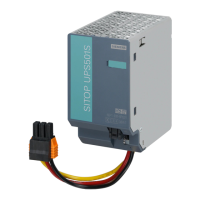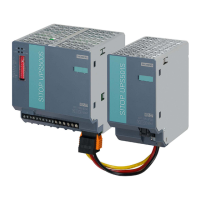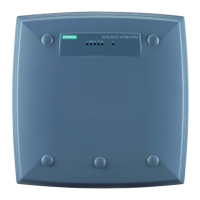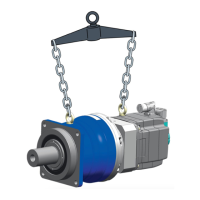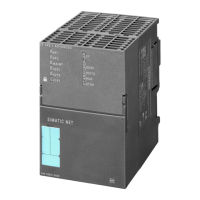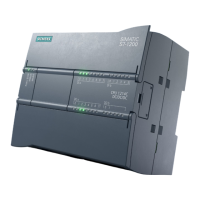Electrochemical oxygen measurement
1 Gold cathode 4 Signal output
2 Electrolyte (acetic acid) 5 Lead anode
3 Thermistor and load resistor for tempera‐
ture compensation
6 Oxygen diusion membrane made of FEP
Figure 3-5 Operating principle of the electrochemical O
2
sensor
This oxygen sensor operates according to the principle of a fuel cell. The oxygen is converted at
the boundary layer between the cathode and electrolyte. An electron emission current ows
between the lead anode and cathode and via a resistor, where a measured voltage is present.
This measured voltage is proportional to the concentration of oxygen in the sample gas.
The acidic electrolyte used is less inuenced by interference inuences (particularly CO
2
, CO, H
2
,
and CH
4
) than other sensor types.
Description
3.3 Function
ULTRAMAT 23
28 Equipment Manual, 04/2022, A5E37100388-012

